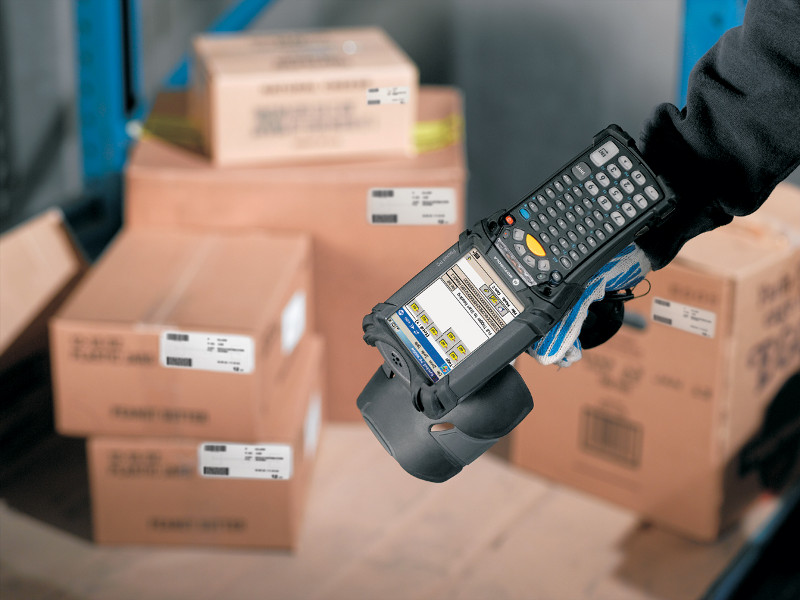ANTZ SCM
Returnable & Rental Asset Tracking

RFID Pallet Tracking & Returnable Asset in Malaysia
1
RFID System Makes Supply Chain Operations Easy
2
Returnable Asset Tracking System Using RFID
You know what they have and where they are.
You know when they are coming back.
You know who are delaying and not returning it to you.
You know what your asset has been through.
You know who is liable for messing up your asset.
3
Benefits of RFID for Managing Returnable Asset
Automate the operation to minimise
the dependencies on manpower.
Automate the operation to minimise the dependencies on manpower.
Getting rid of unnecessary operational losses due to human mistakes.
Optimise the returnable asset management and planning to maximise the cash flow and revenue.
Facilitate the visibility of asset, operational and sales analytical data for informed business decisions, planning, and strategies.
Asset Location Tracking

Stock Count
Automated Movement Tracking

Detailed Reporting

Maximise Assets Usage

Prevent Loss of Assets

Reduce Disputes Among Partners

Identify Shortage or Surplus
Frequently Asked Questions on
RFID Based Pallet Tracking
What are the challenges in RFID pallet tracking technology?
RFID pallet tracking technology faces a number of challenges in its implementation and use. One of the biggest challenges is the cost of RFID readers, tags, and software can be prohibitive, especially for those who are just starting out.
Another challenge is the training and education required to effectively implement and use RFID systems can also pose a challenge. RFID technology is complex and requires a certain level of expertise to effectively manage it.
Therefore, it is crucial to keep these challenges in mind when implementing RFID solutions or even better, seek the advice of an RFID expert on the implementation.
What material can block RFID tags?
The radio waves utilized by RFID technology face major hindrances in the form of metal and water. These materials can significantly impact the transmission of radio waves, leading to limitations in the use of RFID.
Metal has the ability to deflect radio waves at ultrahigh frequencies, thereby disrupting the signal transmission. Meanwhile, water can absorb radio waves, resulting in weakened signals.
These challenges must be taken into consideration when implementing RFID systems to ensure accurate and reliable results.
Do RFID tags need electricity?
UHF Passive RFID, also known as RAIN RFID, is a type of RFID technology primarily used by Inchz IoT. Unlike other RFID tags, RAIN RFID tags do not require a power source. Instead, they use energy from the RFID reader to activate the tag and transmit data.
How accurate is RFID tracking?
A blind scanning of RFID technology provides an accuracy rate of approximately 97%.
However, by incorporating our RTIMS system algorithm, we can boost the accuracy rate to 100%. The RTIMS system algorithm helps to eliminate any potential errors or discrepancies in the RFID data collected.
Is RFID the same as GPS?
GPS is an electric-powered tracking system that provides the location of an object by reference multiple satellites’ location signals. It’s generally used for outdoor location-tracking applications.
RFID is meant for both location-tracking and process-tracking applications. It derives ‘what, when, where, who, and how’ that answers the business needs. RFID is self-sustaining without requiring an external power source hence the maintenance of an RFID tag is negligible.
Can RFID tags be hacked?
Fortunately, the data stored on RFID tags is encrypted and protected with a read-and-write password. The encryption and password protection ensure that the data stored on the RFID tag remains confidential and secure.
